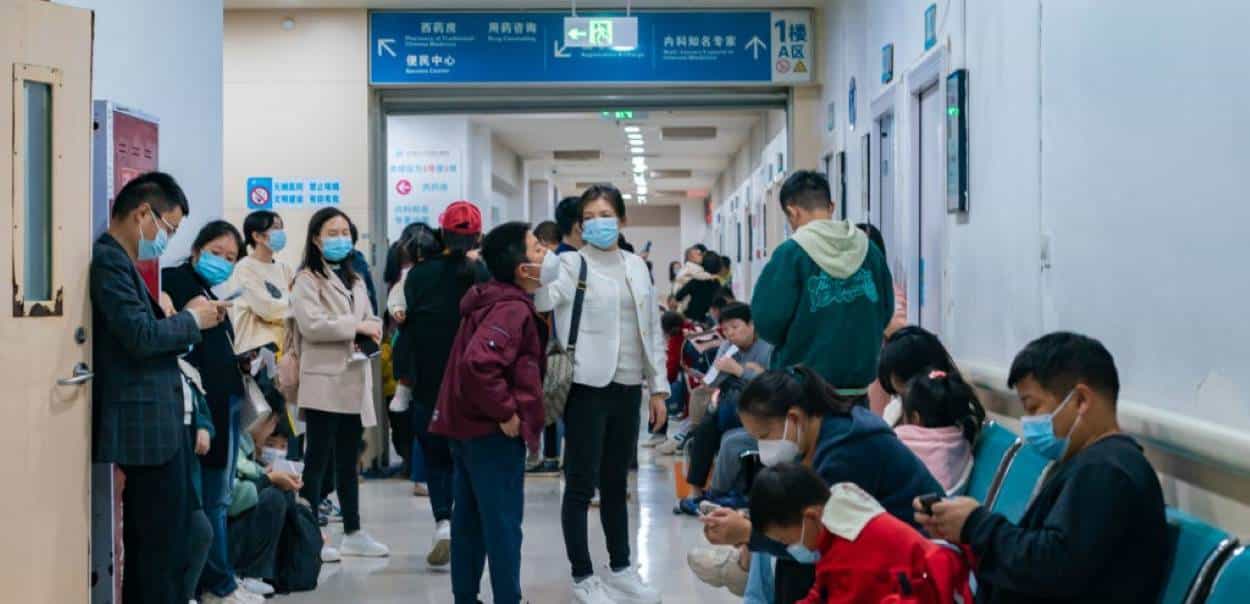Recent surges in respiratory illnesses, including human metapneumovirus (HMPV), have overwhelmed hospitals across China, sparking fears of another significant health crisis similar to COVID-19. Social media is abuzz with images and videos of crowded healthcare facilities, raising domestic and international alarms.
The Chinese government has sought to reassure the public and international community, attributing the rise in cases to typical seasonal fluctuations.
In a recent statement, Mao Ning, a China’s Foreign Ministry spokesperson, emphasized that respiratory infections commonly peak during winter and assured that the serious situation is under control.
Union Health Ministry convenes Joint Monitoring Group Meeting in view of rising cases of respiratory illnesses in China in the past few weeks. Union Health Ministry is closely monitoring the situation in China through all available channels and the WHO has been requested to share… pic.twitter.com/zytpqBse6M
— ANI (@ANI) January 4, 2025With the spike in cases, several countries have issued travel advisories, urging citizens to reconsider travel plans to China. Reports from neighbouring countries, including Indonesia, India, and Japan, highlight concerns about the potential spread of these infections beyond China’s borders.
Understanding Human Metapneumovirus (HMPV)
HMPV is a respiratory virus first identified in 2001 and is known for causing symptoms similar to the flu, such as cough, fever, and nasal congestion. It can lead to severe bronchitis or pneumonia, particularly in children and the elderly. Despite its similarity to the flu, no vaccine is currently available for HMPV.
🚨 REPORT: China is currently facing a ‘Surge’ in Respiratory Illnesses, Overwhelming Hospitals
The surge includes Influenza A, HMPV, pneumoniae, and COVID-19 “spreading rapidly”.
At least that is what many reports are suggesting..
🔴 MY THOUGHTS:
I’m not entirely sure what… pic.twitter.com/4ZuJGO3TdB
— MJTruthUltra (@MJTruthUltra) January 2, 2025HMPV spreads through respiratory droplets from coughing or sneezing, similar to how COVID-19 is transmitted. It can also survive on surfaces, so it is crucial to maintain hygiene protocols like regular handwashing and surface disinfection to prevent its spread.






